Category: Plants & Animals
-
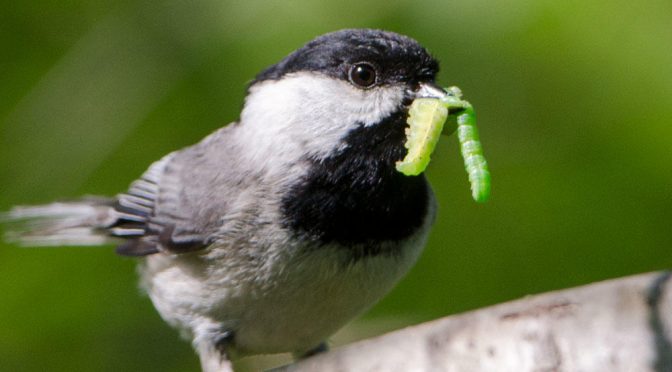
For This Bird, At Least, Native Plants May Be A Requirement
Her analysis found that chickadees could only sustain their population when at least 70 percent of plants in a nesting area were native. For species like warblers, vireos, and flycatchers that are even more reliant on bug and insects, “that number is going to be higher,” (Click on title for full story.)
-
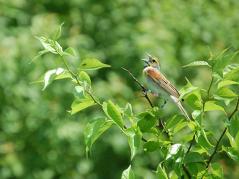
An Invasive Forage Grass And The Native Bird It Is Threatening
“The fact that fescue came out as one of the main drivers of nest failure means it might be a situation where removing an invasive grass might benefit wildlife and people’s livelihoods,” she says. But why does fescue contribute to nest failure? The researchers point to earlier studies demonstrating that tall fescue hosts fewer insects…
-
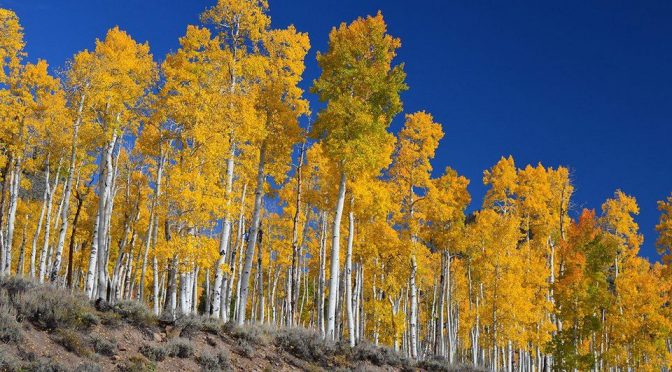
How Can One Of The Largest Living Organisms Be Eaten Away? The Death Of The Pando Aspens
The team specifically found that the grove of aspens hasn’t been able to effectively replace its aging and dying trees. The grove of 47,000 trees has remained for thousands of years partially because the single organism has been able to supply trees at every stage of an aspen’s life, helping it to be resistant to…
-
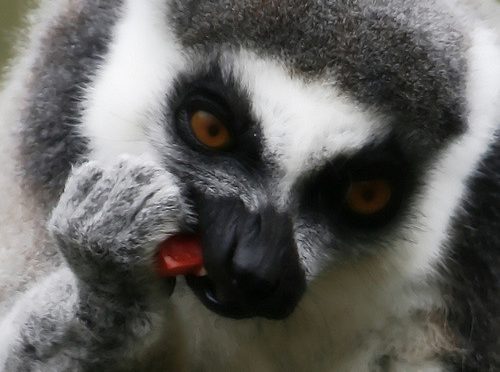
It Is No Accident That Fruits Smell Delicious.
Together, these results strongly support the hypothesis that fruit scent in lemur-dispersed species is an evolved trait, the function of which is to signal ripeness and thus facilitate the mutualistic interaction between primates and plants. This provides strong support for the dispersal syndrome hypothesis, according to which fruit traits are shaped by their respective animal…
-
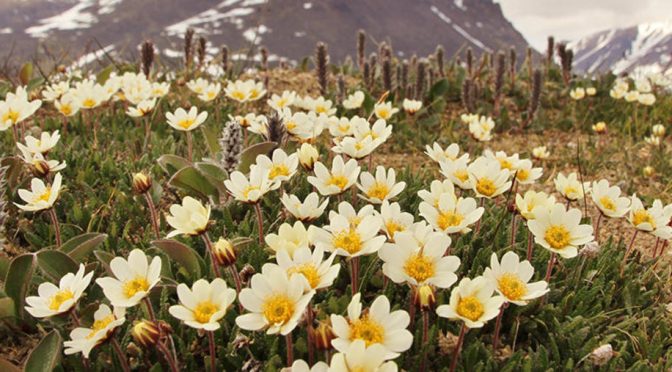
In The Arctic There Aren’t Enough Bees To Fill All The Pollination Needs Of Plants
“Up north, there are very few apids, such as bees and bumblebees, so other insect groups bear the main responsibility for pollination,” (Click on title for full story.)
-

Why Is A Banana Yellow And An Apple Red? Ask The Animals
The team found that the fruit colors of closely related species are no more similar than expected by random chance. However, fruits that are mainly eaten by mammals such as monkeys and apes do indeed have higher reflectance in the green part of the spectrum, whereas fruits dispersed by birds reflect more in the red…
-
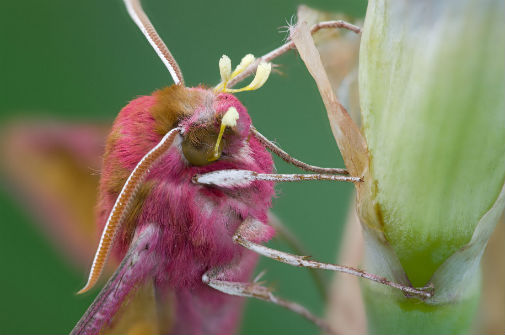
Moths As Pollinators: Doing What No Bee Can
Our study highlights the fact that we need to think seriously about the benefits of moths to plants and agricultural systems. While bees are excellent pollinators, they will only travel within the local environment of the nest. Moths appear to complement the work of bees and can carry pollen over greater distances as they don’t…
-
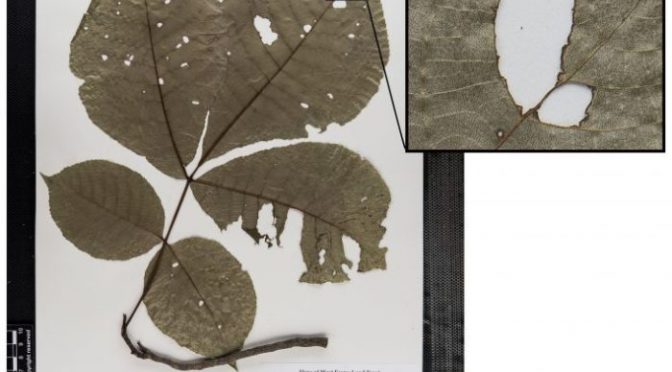
They Will Out-Eat US: Climate Change Is Causing Greater Insect Damage To Plants
The data also showed that insect damage was greater following warmer winters and at low latitudes, suggesting that the higher temperatures driven by climate change could be a factor driving insect damage. “The overwhelming pattern is that across these four different plant species, with different life histories, insect damage is increasing over time,” (Click on…
-
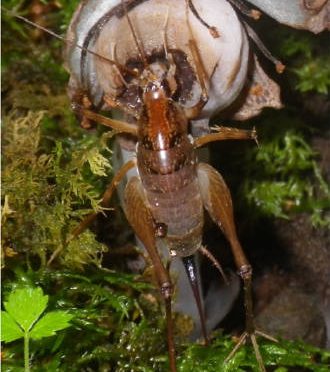
Parasitic Plants Can Have Special Seed Dispersal Challenges. So Some Employ Surprising Seed Dispersers
Not only were Japanese camel crickets seen visiting the fruits often, mammal exclusion experiments demonstrated they were eating lots of it. They pooped hundreds of intact seeds. The seeds did not survive the same trip through ground beetles also seen eating the fruit. Studies of certain plant families show that many plants, not just parasites,…
-
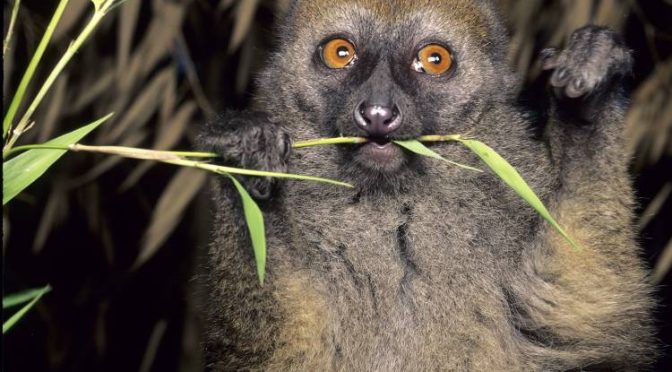
Saving Elusive Endangered Lemurs Requires A Census. Start By Identifying Their Preferred Trees
Getting reliable population numbers for these elusive animals in the remote and rugged terrain where they live isn’t easy. Counting every individual is impossible. One alternative approach, based on statistical modeling, uses the correlation between species densities at a subset of sites and environmental conditions at those locations to infer how many individuals are present…
